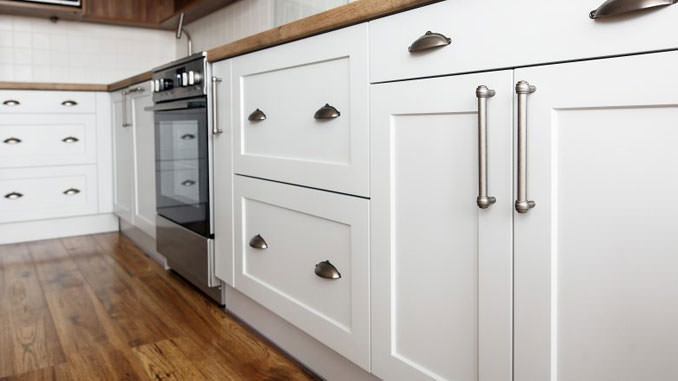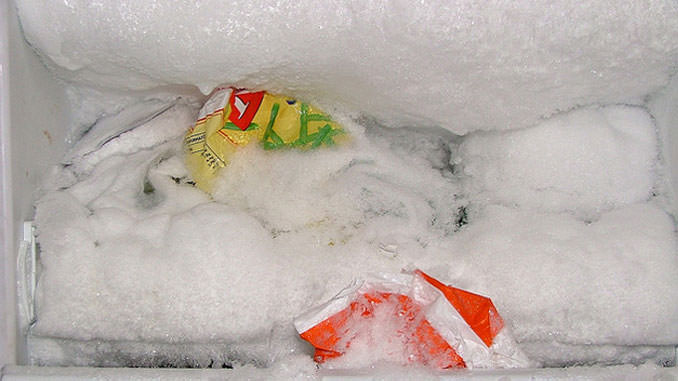
How to avoid humidity in cabinets
Compared to bedrooms, wardrobes have a high ratio of wall to air space. Since the heat has more surface to cover, the cabinets’ internal temperatures will be lower than the rest of the house. This is especially true for those that are poorly insulated or located along an outer wall.
Traces of humidity in this space tend to increase and condense near the ceiling, causing mold and mildew to develop. So let’s see, with this guide, how to avoid humidity in wardrobes.
To avoid moisture in cabinets, open cabinet doors and drawers for at least two to three hours. This simple trick will increase ventilation as you clean it, keep humidity levels low, and return the closet’s interior to a temperature close to that of the rest of the house.
Then place a commercial desiccant product containing silica gel or clay inside the cabinet, preferably above the upper shelves, where condensation and mold formation are most concentrated. These products are specifically designed to absorb moisture in the air. Place one or two of them in each compartment of the various cabinets to avoid humidity.
If traces of mold are very evident, plug a low-wattage night light into an electrical outlet in the closet, and leave it on all the time. The device will increase the closet temperature, discourage humidity and condensation without damaging the clothes in any way.
Hang a moisture meter inside the cabinet, and check that the level remains below 50%. If the temperature starts to rise, place a fan in the cabinet to circulate the air, keeping the doors open.
Finally, to avoid humidity in the closets, make a homemade anti-mold. Take some oranges and let them dry completely, placing them in a room in complete darkness for 30-40 days. When they are ready, cover their surface with cloves.
Hang the citrus fruits with a ribbon on the clothes rods. There will be no moisture, and you will also smell great. Also, pay attention to the drawers: remove the old covers and replace them with new ones you just bought. Avoid paper, which attracts mold, preferring plastic, and synthetic fibers. As soon as possible, ventilate all the furniture, keeping the room’s doors and windows wide open.




